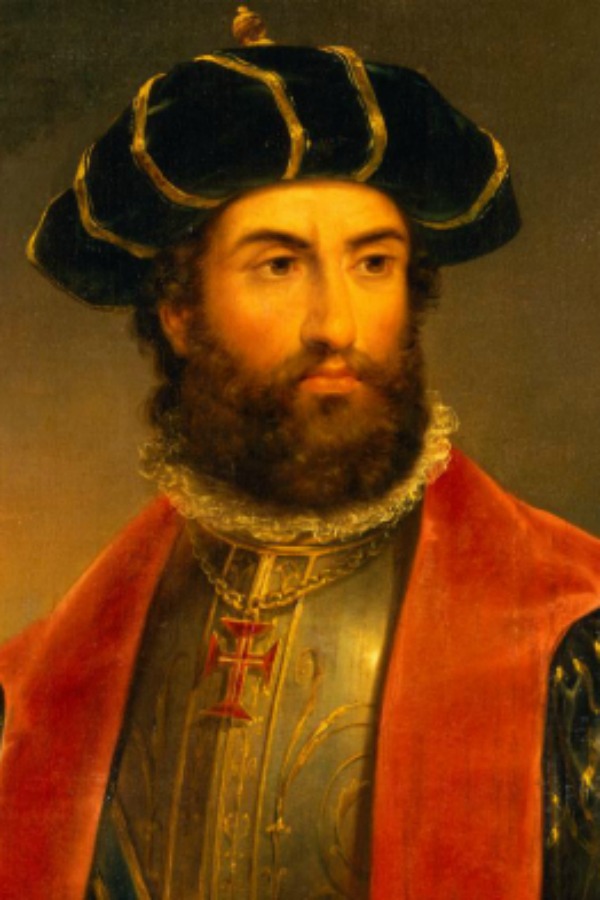
The Pope himself intervened to arbitrate the conflict, and in 1494, after long negotiations, the Treaty of Tordesillas was signed. Colonial demarcation lines between Spain and Portugal in the 15th and 16th Century (Source: Wikimedia Commons)Īt that time, the rivalry between Portugal and Spain for business control with the East intensified. Meanwhile, Columbus, sponsored by the Spaniards, had returned to Europe in 1493, announcing that he had discovered the route to the East across the Atlantic. But it would be 10 years before the Portuguese could organize a new trip to capitalize on the discoveries of the two.

Throughout his three-year journey, disguised in Arabic, Covilha obtained valuable information on Muslim ports on the coasts of East Africa and India. To complete Diaz’s sea voyage, the Portuguese king John II sent Pedro de Covilha, a good Arabic speaker, on a dangerous journey to India, but following the route on land.

Surrounding the Cape of Good Hope, Diaz demonstrated that there was a connection between the Atlantic Ocean and the Indian Ocean (geographers of the time arguing the exact opposite), and thus reborn the idea that a sea route to India could be discovered. It was not until 1487 that Bartolomeo Diaz began the journey that would take the Portuguese to the extreme south of Africa. However, the extreme south of the African continent had remained unknown to Europeans, and the Prince’s dream had never been fulfilled. In addition, he hoped that he would conclude an alliance with the legendary kingdom of Father John with the help of ending Muslim rule in the Indian Ocean business.įor forty years, Henric had sponsored exploration trips along the west coast of Africa, thus laying the foundations for profitable trade in slaves and gold. In the middle of the fifteenth century, Portugal was the largest maritime power in Europe, thanks to the legacy of Prince Henry the Navigator, who brought to the navigation school in Sagres a talented group of geographers, cartographers, astronomers, and navigators. Henry wanted to find a maritime route to India, thus gaining access to the very profitable spice trade for the country. Vasco da Gama’s journey to India is one of the defining moments in the history of great geographical discoveries. Thus, as Shane Winser of the Royal Geographical Society of the United Kingdom explains, Vasco da Gama changed the world. In an impressive journey, he sailed along the African coast, beyond the Cape of Good Hope and managed to destroy the monopoly of Arab and Venetian merchants in the spice trade which was considered a luxury in that period of time. Asco da Gama was the first European to set up a maritime trade route to India.


 0 kommentar(er)
0 kommentar(er)
